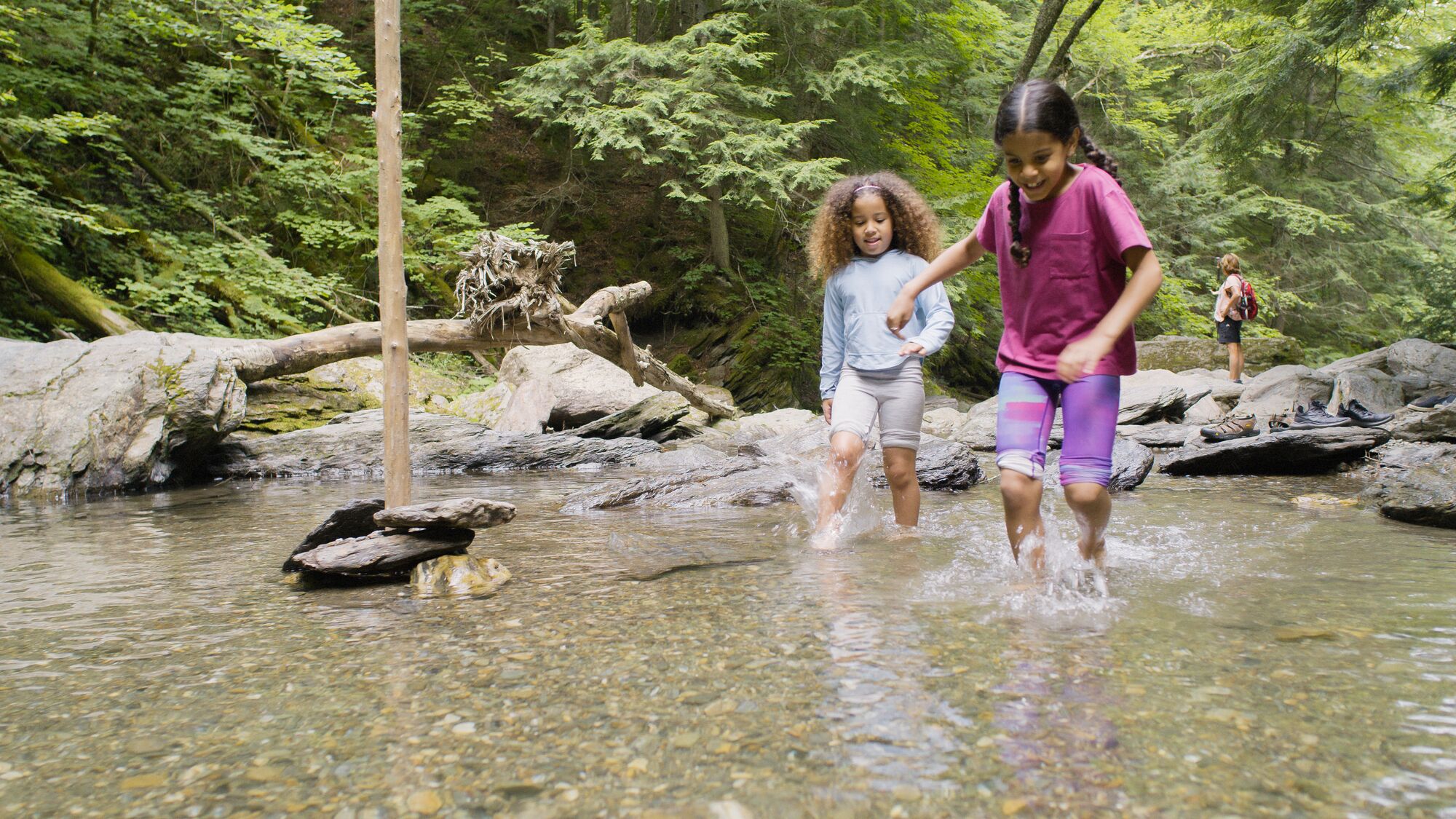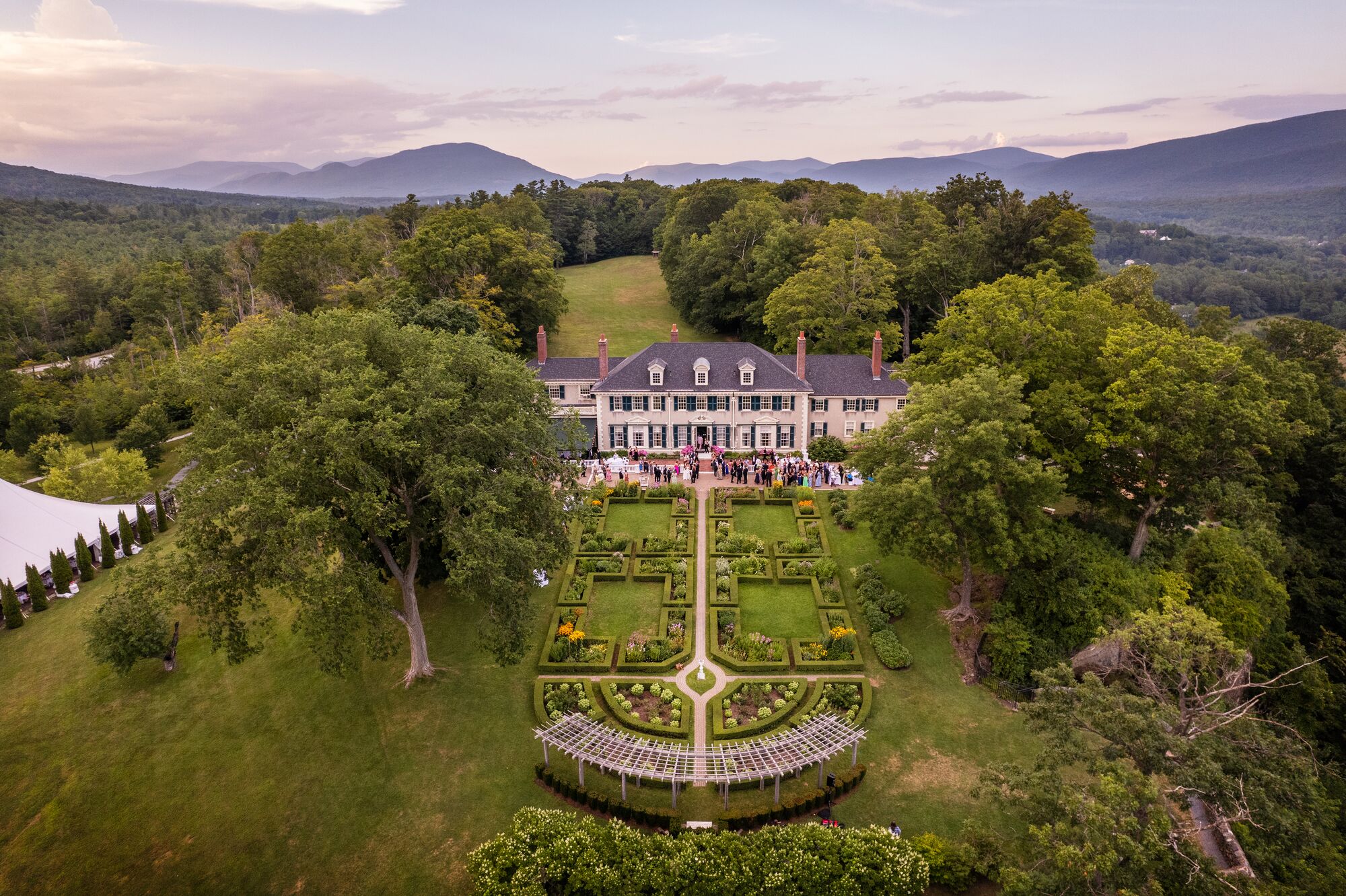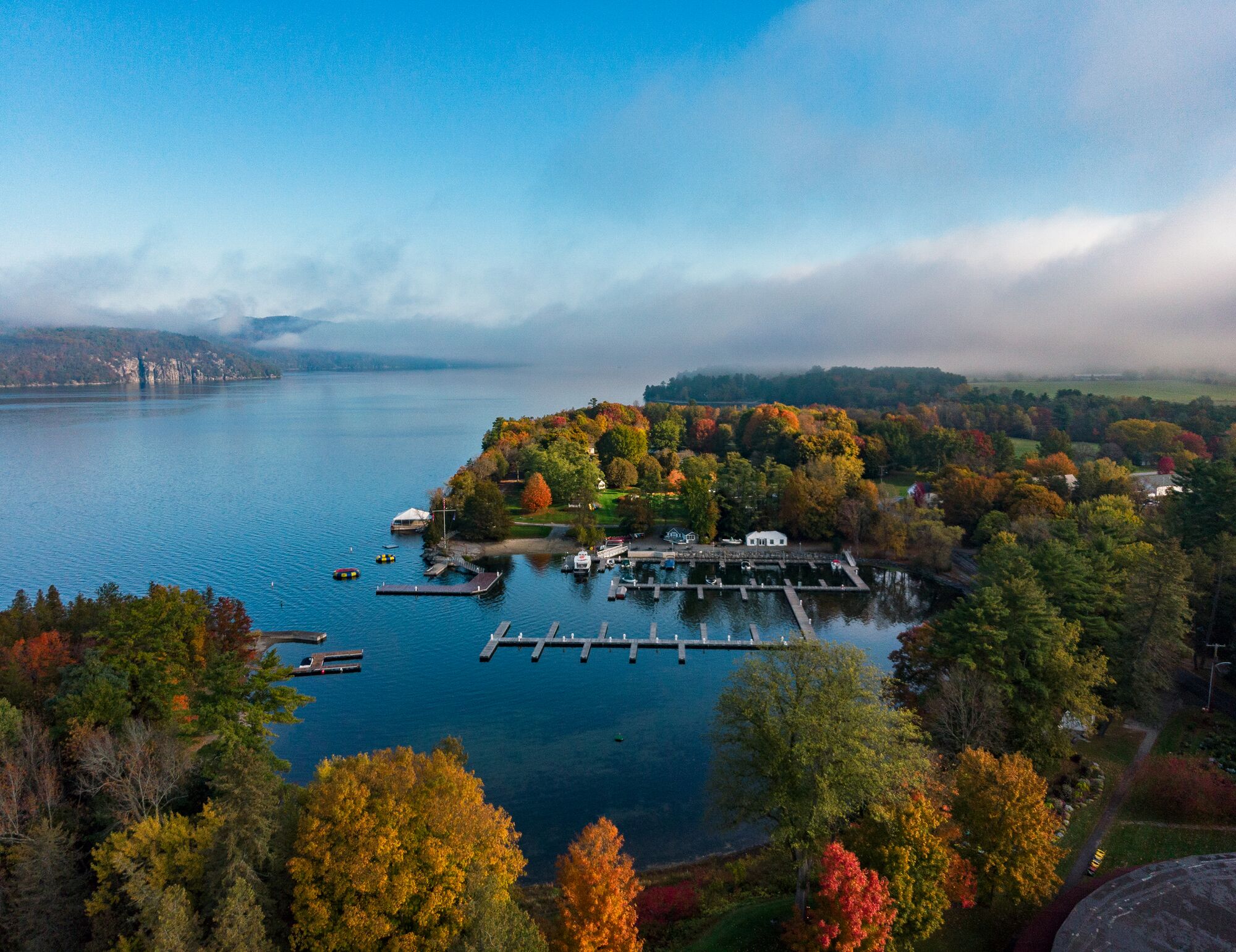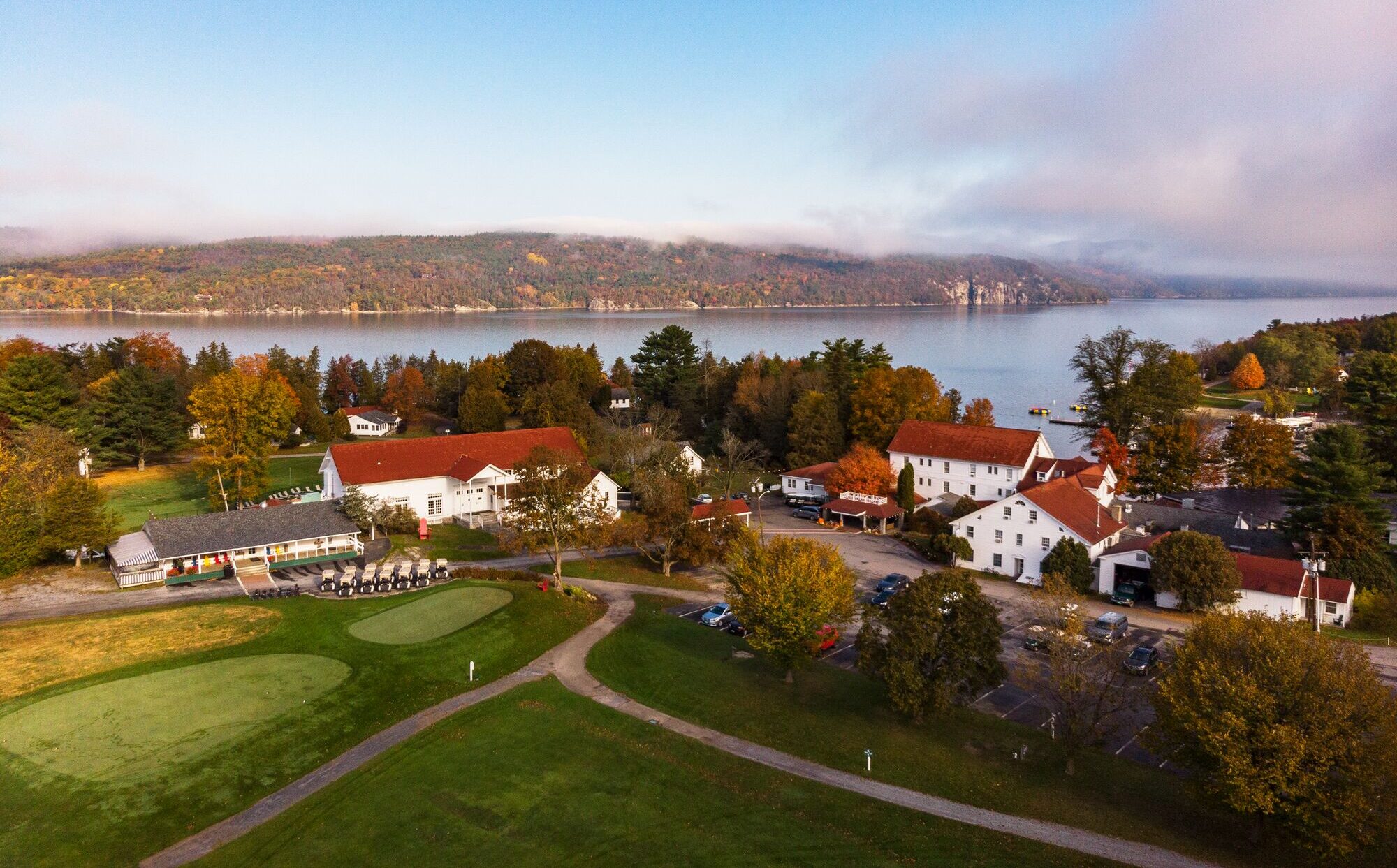Vermont History
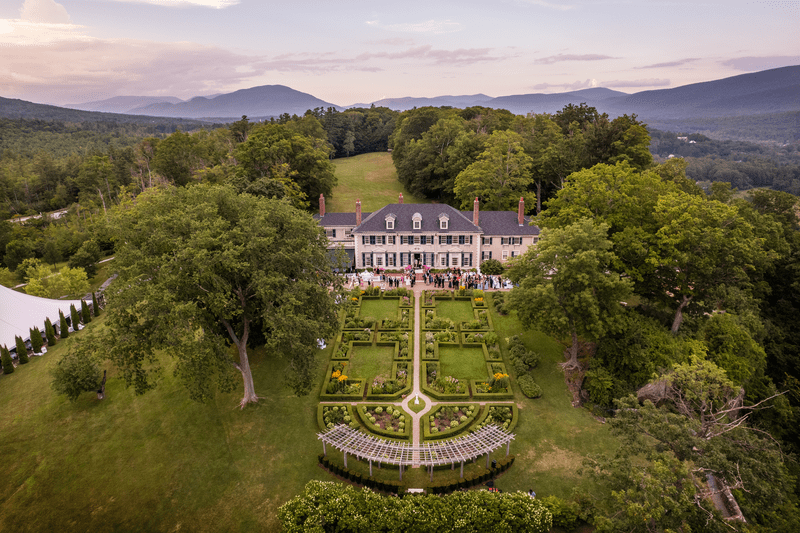
The Past, Preserved
Explore Vermont History
With evidence of Indigenous people living on this land extending as far back as 13,000 years, Vermont’s history is rich, shown in native encampments, centuries-old churches and synagogues, agricultural farmsteads, downtowns with ornate architecture, covered bridges, and enduring swaths of forest rich with life. Historic sites with lots to offer for visitors commemorate two U.S. presidents born in Vermont, one on the Fourth of July, as well as Vermont’s role in the American Revolution in Bennington. Discover Black Vermonters’ stories and the history of Vermont’s stone quarrying industry along heritage trails.
History Trails
African American Heritage Trail
Visitors and Vermonters alike can learn about Black history and heritage in Vermont in a way that feels first-hand, from a perfectly restored Pullman train car to Underground Railroad history.
Read More about African American Heritage Trail Learn MoreVermont Stone Trail
Visit 95 sites along the Vermont Stone Trail, including the world’s largest dimension granite quarry in Barre, the state’s tallest man-made structure, a charming southern Vermont town with marble sidewalks, and more.
Read More about Vermont Stone TrailLearn MoreCivil War Trail
19th century Vermont played significant roles in the American Civil War. More than 100 years later, museums, roadside markers, and state-owned historic sites tell those stories and steward Vermont’s Civil War history
Read More about Civil War TrailLearn More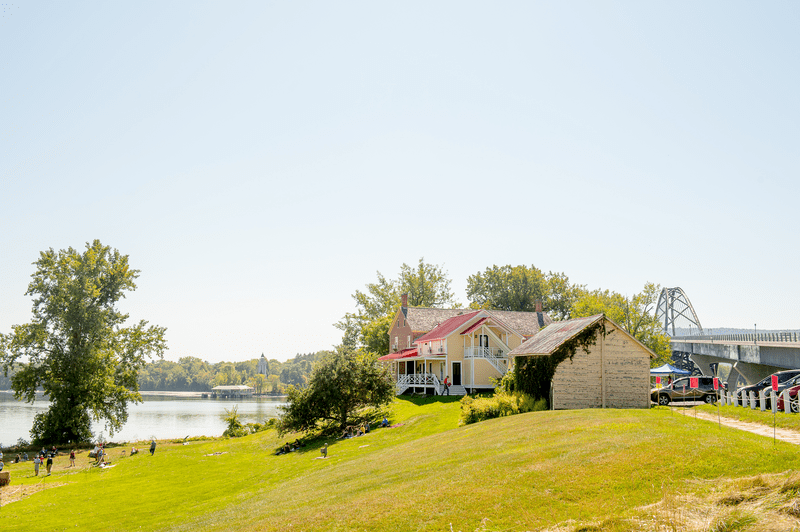
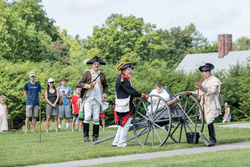
History, Alive Again
Vermont’s Historic Sites
Vermont’s historic sites take visitors through the history of life in Vermont, from Indigenous history to early settlement to the state’s role in the Revolutionary War. Explore the homesteads of notable figures who’ve called the Green Mountains home, including U.S. Presidents Chester A. Arthur and Calvin Coolidge. Events at historic sites bring the past to life in engaging reenactments and hands-on exhibits.
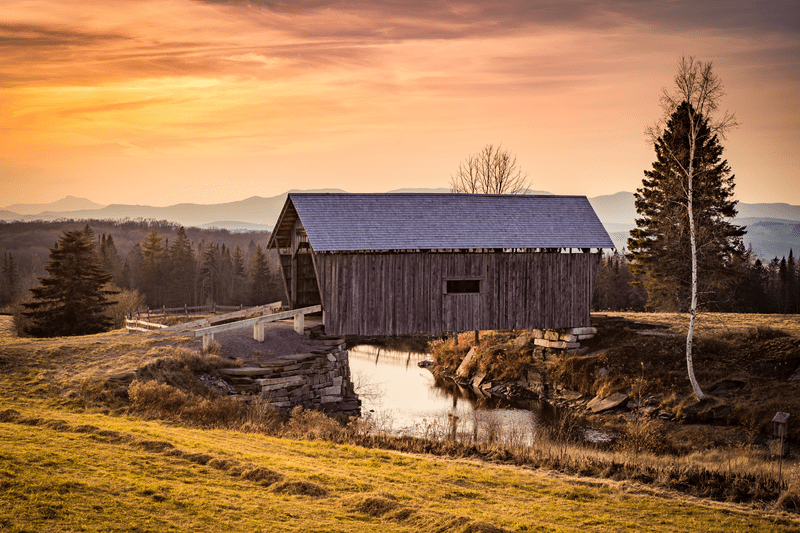
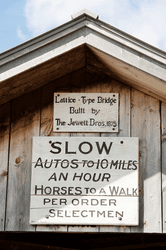
Vermont Has Bridges Covered
Covered Bridges
There are 100 covered bridges in Vermont, the majority of which are still in use. Covered bridges in Vermont date from 1820, with most constructed during the mid- and late 19th century. A scenic drive is a great opportunity to drive through as many as you can. Many bridges have nearby historic markers sharing their history, along with other relics of their construction time, such as signs instructing riders to keep horses at a walk. Vermont’s covered bridges used to be known as “kissing bridges” due to the moments of privacy they afforded courting couples riding through in a horse-drawn carriage.
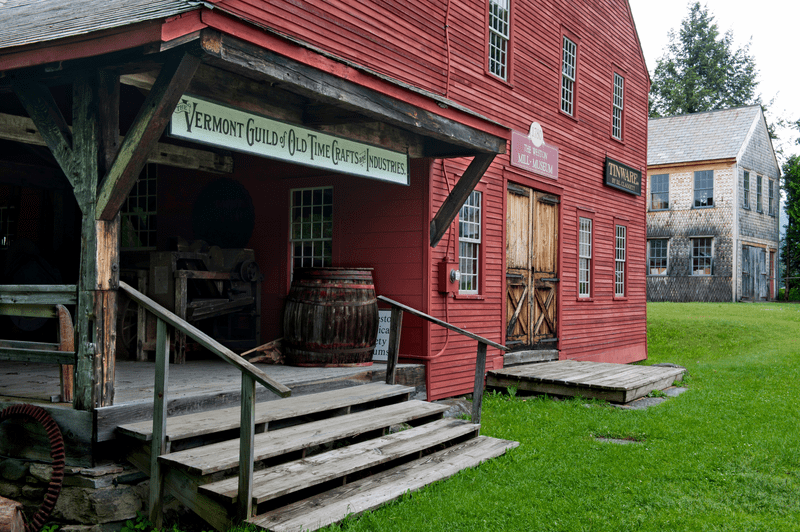
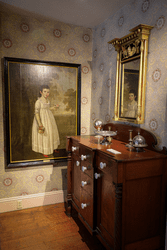
Vermont’s History, Preserved to Discover
Vermont’s Museums
Vermont’s historic museums offer visitors an immersive trip into the Green Mountain State’s stories dating back to Indigenous history, when the Abenaki called this land “ndakinna,” meaning “our land.” Museums ranging from entire preserved buildings on acres of land to a Victorian collection of curiosities with a public planetarium beckon travelers of all ages with lots to discover.
Vermont Ski and Snowboard Museum
Vermont’s ski culture is world-renowned along with its epic terrain, and the built-in spirit of pioneering and innovation is part of why. The Vermont Ski and Snowboard Museum stewards this history and showcases its stories.
Learn More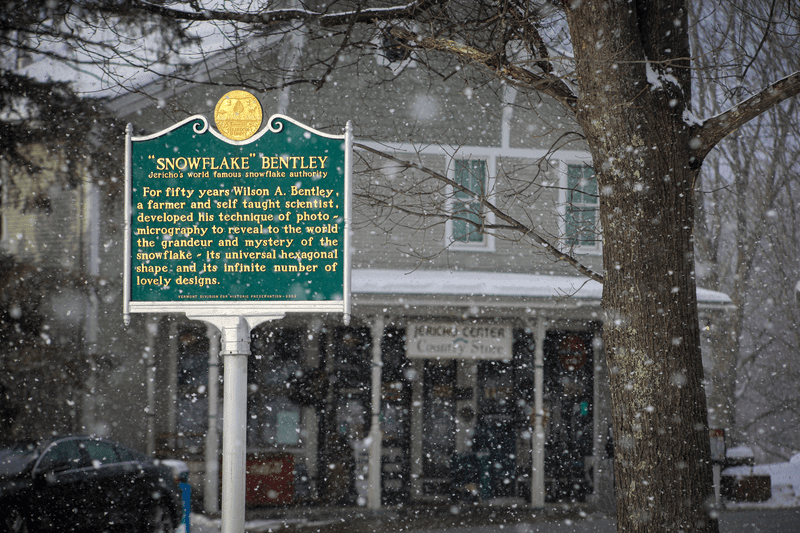
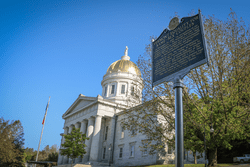
History On the Road
Roadside Markers
Vermont’s 315 roadside markers, visible statewide, tell the stories of famous Vermonters, iconic places, and historic events. Pull over when you see a green sign to read about battles that happened on Vermont soil, the first person ever to photograph a snowflake, and stories that illuminate the buildings you pass.


Vermont Historical Society
The Vermont Historical Society stewards and studies Vermont’s history, as well as operating the Vermont History Museum in Montpelier, open to the public.
Learn More about Vermont Historical Society